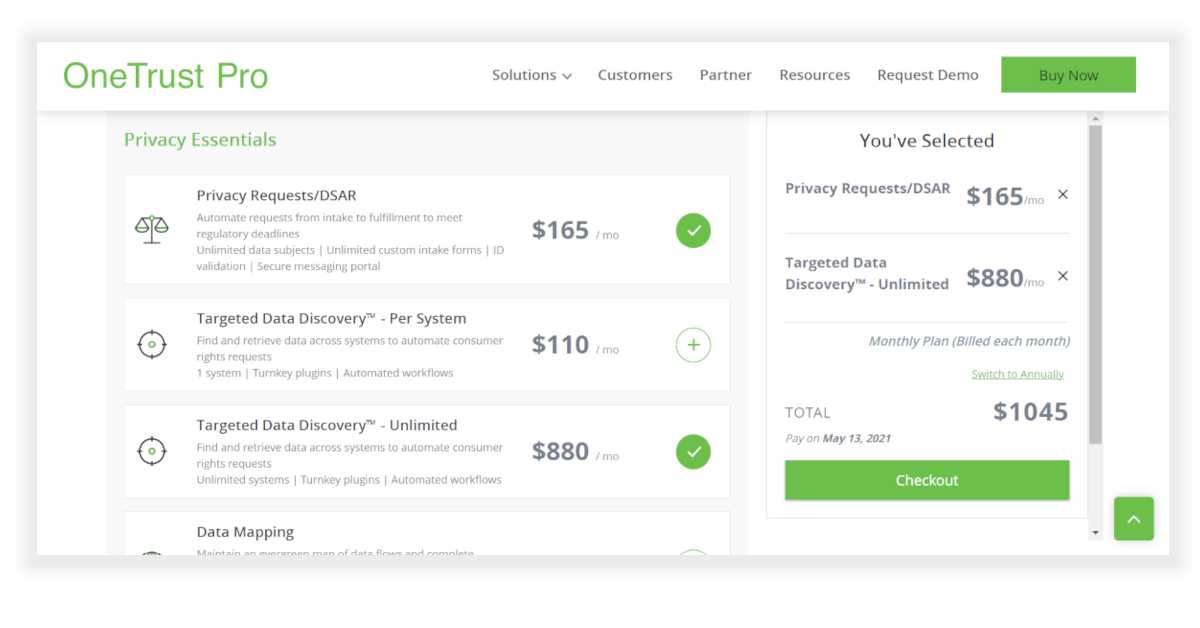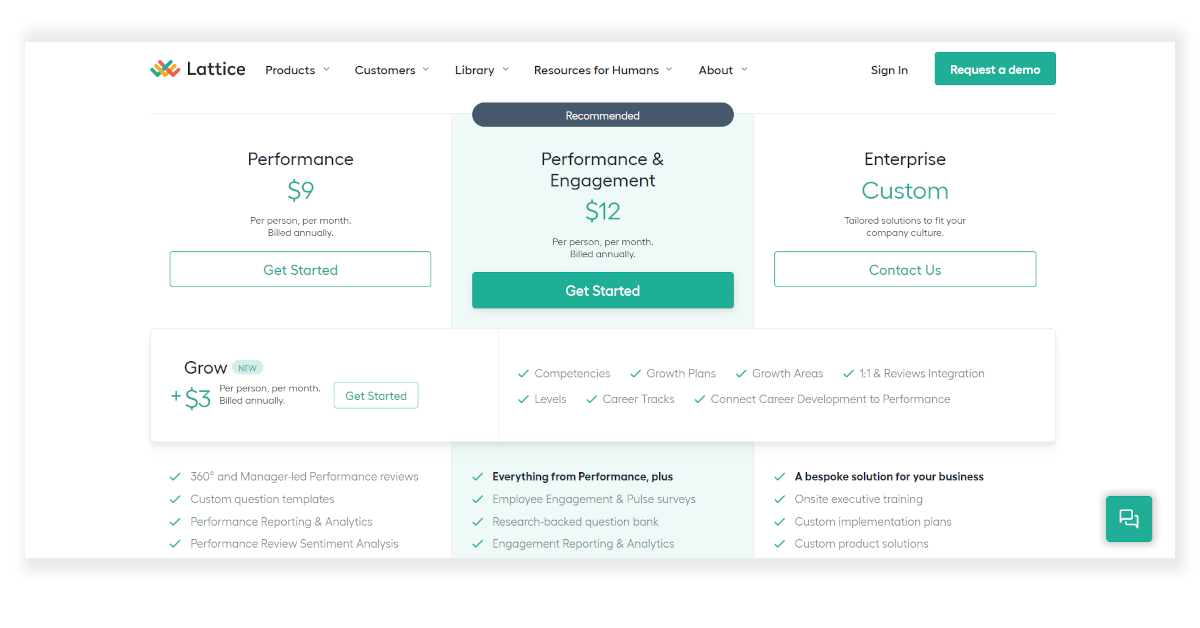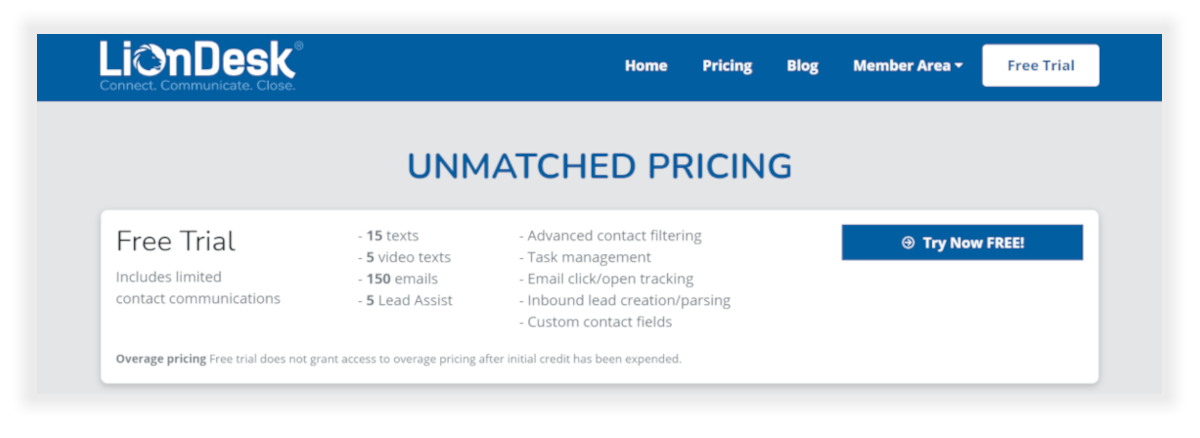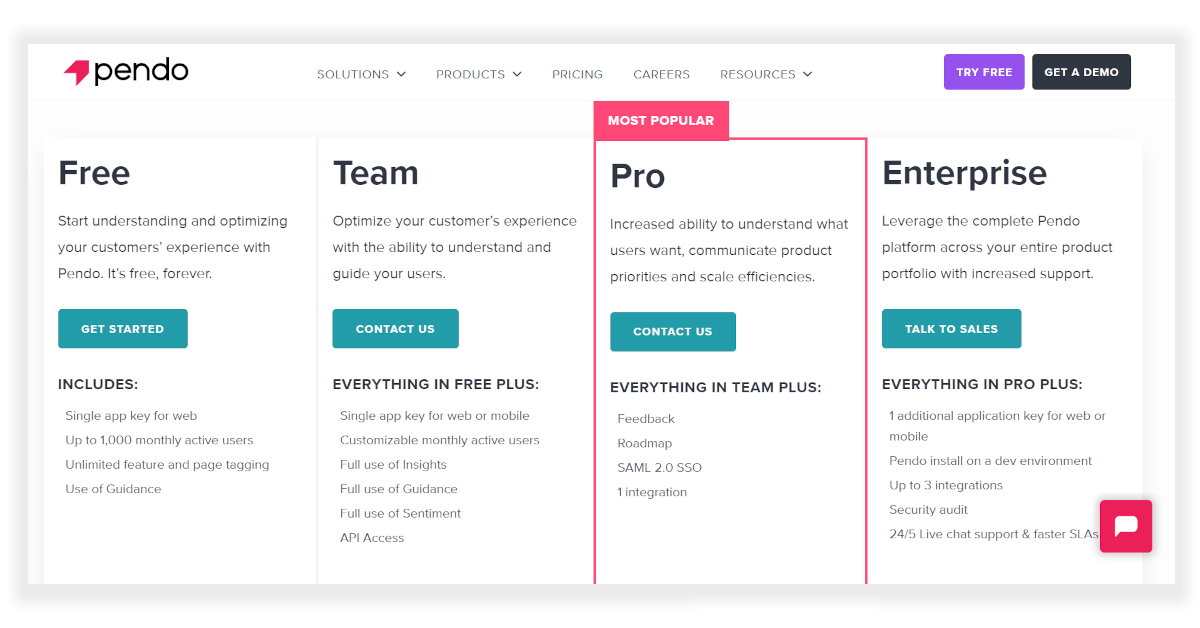SaaS Pricing Models and Strategies [with Data from the Inc. 5000]
- How SaaS founders should evaluate different pricing models
- Why value-based pricing is the best approach for landing on a price point
Pricing a SaaS product is one of the most pressing and difficult strategic issues on a founder’s mind. Price too high and prospective customers will walk away. Price too low and you’re leaving money on the table.
When considering your strategic priorities, pricing should be near the top of your list. You’ll need to be thoughtful about both your pricing model and your price point.
Based on our experience advising 100+ SaaS companies through M&A and capital raise transactions, here is what we’ve learned about appropriately modeling subscription pricing for SaaS.
Determine Your Pricing Model
Your pricing model is as much a feature of the product as any other, as it will strongly influence product usage and the value your customers derive from the product.
Most often, pricing models for SaaS don’t fit squarely into a specific category. Rather, a company often employs a hybrid of several models. For example, Slack employs a per-seat pricing model tiered by feature set.
The justification for hybrid pricing models (which are usually more difficult for customers to interpret) is that:
- A hybrid model tends to align more closely with how a customer will use a given product.
- A hybrid model enables a company to capture customers at various price points.
Despite the fact that most companies employ hybrid pricing models, almost all pricing plans are derived from either the basic per-seat pricing model, the flat-rate pricing model, or the usage-based pricing model.
Per-Seat Pricing in SaaS
Under a per-seat pricing model (also called per-user), a SaaS company charges a subscription fee for each licensed user of the product. This model is most appropriate for situations where:
- The product is useful independent of a large network. Individual users should be able to autonomously derive value from the software without needing a large network of other users to create value.
- Implementation and support costs are relatively low. If your platform is highly complex and integrated, your support and implementation costs will likely be high, making implementing software for just a handful of paying users inefficient.
- The product is targeted to a niche group or individual within an organization. When only a few users within a given organization (such as within a specific department) will use the software, per-seat pricing more closely matches how your software will fit into the organization.
Of the 136 SaaS companies on the Inc. 5000 list who listed pricing on their site, 42% had per-seat pricing as their primary model.
Some of the pros and cons of the per-seat pricing model are as follows:
| Pros | Cons |
|---|---|
| Initial customer acquisition is easier, since the initial purchase barrier is lower per user. | License sharing occurs, which can impede user experience and devalue the product while limiting revenue for the SaaS provider. |
| Per-seat pricing is easy for customers to understand and justify, since the customer only pays for dedicated users. | Increasing product usage internally is more challenging since a customer has to pay for each additional user. |
| Price discrimination is built into the model, since customers pay more as they add licenses. |
Example of Per-Seat Pricing: Microsoft 365
Microsoft 365 charges a per-seat fee of $69.99/month for access to its popular Microsoft Office products.

Flat-Rate Pricing in SaaS
Flat-rate pricing (also called site-wide or enterprise pricing) is when a SaaS company provides unlimited access to the product (i.e. unlimited user licenses) at a flat rate for the customer’s entire organization. This model is most appropriate in situations where:
- User experience benefits from network effects. When network effects are important to a product’s utility, flat-rate pricing with unlimited licenses can encourage more users to adopt the product and increase its stickiness in the organization.
- Implementation and support costs are relatively high. Flat-rate pricing that covers an entire organization tends to hit a higher price point, which can offset high implementation and support costs.
- The product can be used widely throughout an organization. If individuals across an organization (regardless of discipline) can derive value from the product, flat-rate pricing encourages more widespread adoption and stickiness.
The quoted cost of software under a flat-rate pricing model won’t necessarily be the same from customer to customer, since feature packages could vary from one customer to another. A good example is OneTrust, who builds custom software packages based on the feature requirements of the customer.
Of the 136 SaaS companies on the Inc. 5000 list who listed pricing on their site, 37% had a flat-rate pricing model as their primary model.
Some of the pros and cons of the flat-rate model are as follows:
| Pros | Cons |
|---|---|
| An unlimited number of users can derive individual value from the product, which makes it stickier. | The larger price point makes customer acquisition more difficult. |
| The sale size is usually much larger than under a per-seat model. | Price discrimination is difficult for products priced strictly at a flat rate: small customers won’t pay for it and large customers pay less than they’re prepared to. |
Example of Flat-Rate Pricing: OneTrust
OneTrust, a privacy compliance software provider, allows you to pick and choose which features you want to include in your package, then charges you a flat rate per month for that given package.

Usage-Based Pricing in SaaS
A model that’s becoming more common in SaaS is usage-based pricing (or pay-as-you-go pricing). Under this model, SaaS providers charge customers based on usage of specific features or resources, such as API calls, financial transactions, or other transactions with the software.
While traditional SaaS subscription revenue is highly predictable and therefore attractive to founders/investors, in some cases the services a SaaS product provides may be worth much more to a customer than what that customer would be willing to pay as a subscription. In such cases, usage-based pricing can prove fruitful.
For example, consider a piece of tax preparation software that a company only uses four months out of the year. While that software may provide $800K worth of value to the customer in those four months, the customer may not be willing to pay that much for even a full year of access to the product.
Instead of trying to sell the $800K contract, the SaaS company could rather charge a lower base subscription, then add usage-based pricing for in-product transactions (e.g. tax documents processed). By marrying usage with value, the SaaS company would be able to capture more revenue from its customers.
Of the 136 SaaS companies on the Inc. 5000 list who listed pricing on their site, 21% had usage-based pricing as their primary model. 16% had additional usage-based costs on top of another model.
Usage-based pricing doesn’t work for all models. For example, charging based on usage for simple features on a high-touch product like a CRM would be too costly, keeping customers from fully adopting the product.
But in other cases, usage-based pricing can be a stand-alone pricing model or an additional layer on top of a per-seat or flat-rate subscription. The layered approach is becoming more common—as an example, a new trend has developed where SaaS providers capture payment processing fees for in-app transactions on top of subscription revenue.
| Pros | Cons |
|---|---|
| If customers associate usage with value, then the SaaS provider may be able to unlock a significant opportunity to generate revenue. | Usage is less predictable compared to a per-seat or flat-rate subscription. |
| Usage is easy for customers to scale up. | Usage is easy for customers to scale down. |
Example of Usage-Based Pricing: ZeroBounce
ZeroBounce’s email validation software operates on a usage-based model, charging customers based on the volume of emails validated.

In light of the pros and cons of the three primary models, SaaS providers rarely employ a strict per-seat, flat-rate, or usage pricing model. Instead, they’ll hybridize the models by introducing tiered pricing.
Tiered Pricing in SaaS
Tiered pricing enables the SaaS provider to discriminate based on willingness to pay and thereby expand their total addressable market. This concept should be familiar—you’ve likely seen many pricing tables similar to the one below this section.
Pricing tiers are usually segmented based on access to licenses (seats) or features within the product. The basis of thought in creating tiers is that not all customers will be willing to pay for 100% of product functionality, so instead of losing those customers, the SaaS provider can limit product access/functionality to capture customers at the lower price point.
Of the 136 SaaS companies on the Inc. 5000 list who listed pricing on their site, 91% tiered their subscriptions at 2 or more levels.
By tiering pricing plans, SaaS providers are better positioned to sell to large and small customers alike. How you as a SaaS provider define those tiers will depend on the profile of your various customer segments.
Some considerations for how to tier pricing include:
- Team size and maturity. If your product is team-oriented, you can tier your pricing plans based on team sizes and feature requirements. Historical product usage can help inform how you segment team sizes/features.
- Support/implementation costs. The cost to service a given number of users or a specific feature set should be baked into a tier’s pricing.
Example of Tiered Pricing: Lattice
Lattice, an HR and people management software provider, employs a per-seat pricing model, tiered by feature set.

Freemium/Free Trial Pricing in SaaS
A common tactic you’ll see in SaaS (particularly in B2C or B2B for SMB) is to offer a free trial or freemium product to help customers adopt the product and then ideally upgrade to unlock new features or licenses. Freemium/free trial pricing is as much a customer acquisition strategy as it is a pricing strategy, and as such should be evaluated within the frame of customer acquisition cost relative to lifetime value.
Of the 136 SaaS companies on the Inc. 5000 list who listed pricing on their site, 39% had a free trial and 15% had a freemium product.
Read our thoughts about offering a free trial or freemium product.
Example of a Free Trial: LionDesk
LionDesk, a CRM provider for the real estate and mortgage sectors, offers a 30-day free trial to introduce their products to potential customers.

Example of Freemium Pricing: Pendo
Pendo offers a product that is "free forever" but limited in functionality to encourage customers to upgrade after getting a sense of how the product operates.

Determine Your Price Point
Once you’ve settled on your model, you need to determine a specific price point. Be very thoughtful about your price point, because your initial price and any changes to it will send a message to your customers about the value of your product.
If you set too high a price point then move lower, customers could feel you were overcharging. If you set a low price then move up, customers will refer to that original anchor price in assessing the value of your product.
Two pricing strategies that will almost always set a low anchor on how much you can charge are the cost-plus and competitive pricing strategies.
With cost-plus pricing, you determine how much it would cost you to service a customer and then mark up the cost a given percentage to arrive at a price. Cost-plus pricing often undervalues your product, since software tends to be relatively cost-efficient in light of the value it provides.
With competitive pricing, you price based on what your competitors charge, which invariably drives price down as competition increases.
What the SaaS industry accepts to be the best pricing strategy is value-based pricing, which aligns the pricing of your product to the value your customers derive from the product.
How to achieve value-based pricing in SaaS
A value-based pricing strategy has two basic requirements:
- A credible estimation of value to be provided. As part of marketing your product at a value-based price point, you will need to be able to credibly represent the value you provide to your customers at that price point. Marketing your product’s value can occur in the form of customer case studies, testimonials, third-party evaluations, and other media.
- Clear markers of value provided. Once a customer adopts software, the software provider needs to surface insights about the value provided to the customer at regular intervals. These markers of value can take many forms and will depend on the application of your product. In most cases, however, you can quantify value based on how much new revenue was gained or how much expense was reduced by adopting the product.
While value-based pricing often trends towards competitive pricing with the arrival of new entrants in the market, this pricing approach is the best strategy to maximize the value you derive from SaaS subscriptions.
How Do the Fastest Growing Software Companies Model Their Pricing?
How you ultimately model pricing will depend on how you deliver your software, how customers utilize that software, and how customers estimate the value your product provides. There is no best model and no pricing template that will work for everyone, but you can draw insight from observing how other SaaS companies model their own pricing in light of the insights provided here.
To better understand how software companies approach pricing, we recently evaluated the listed pricing of 409 SaaS companies on the Inc 5000. Review the report to get a sense of how your pricing compares to other software companies.